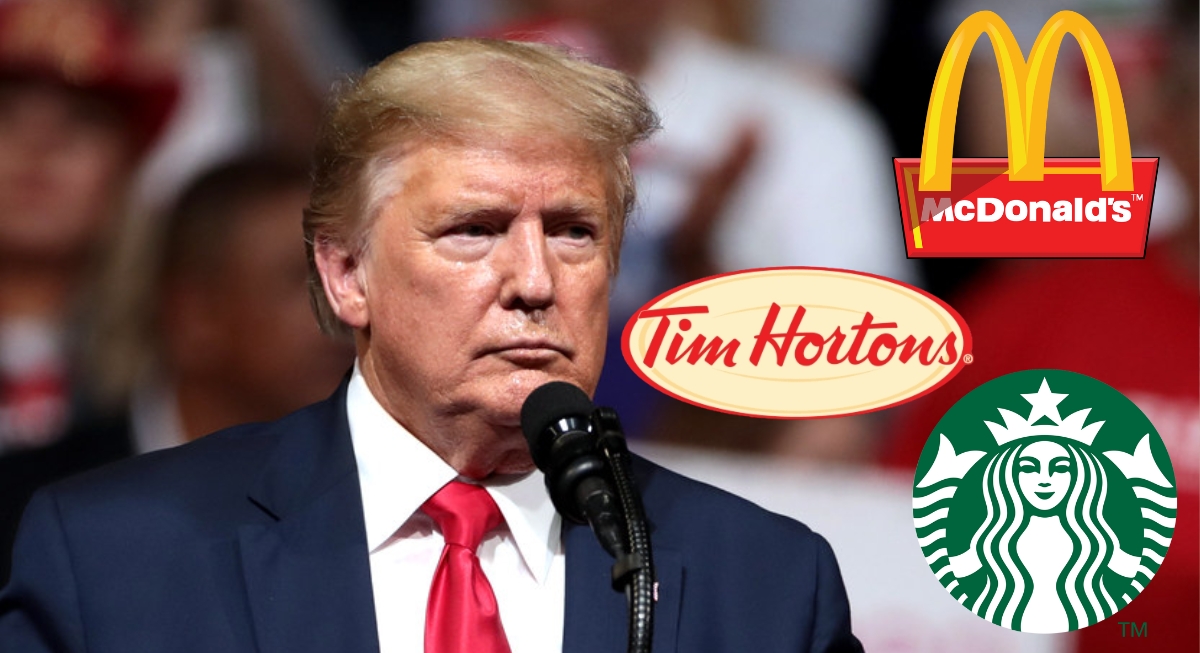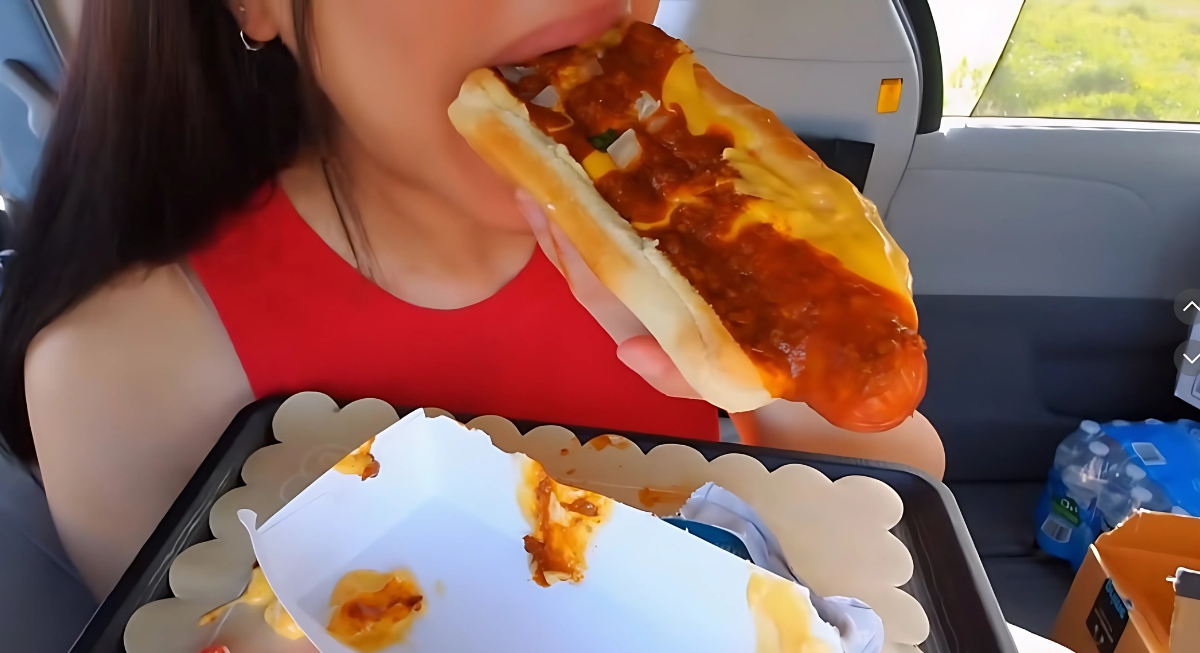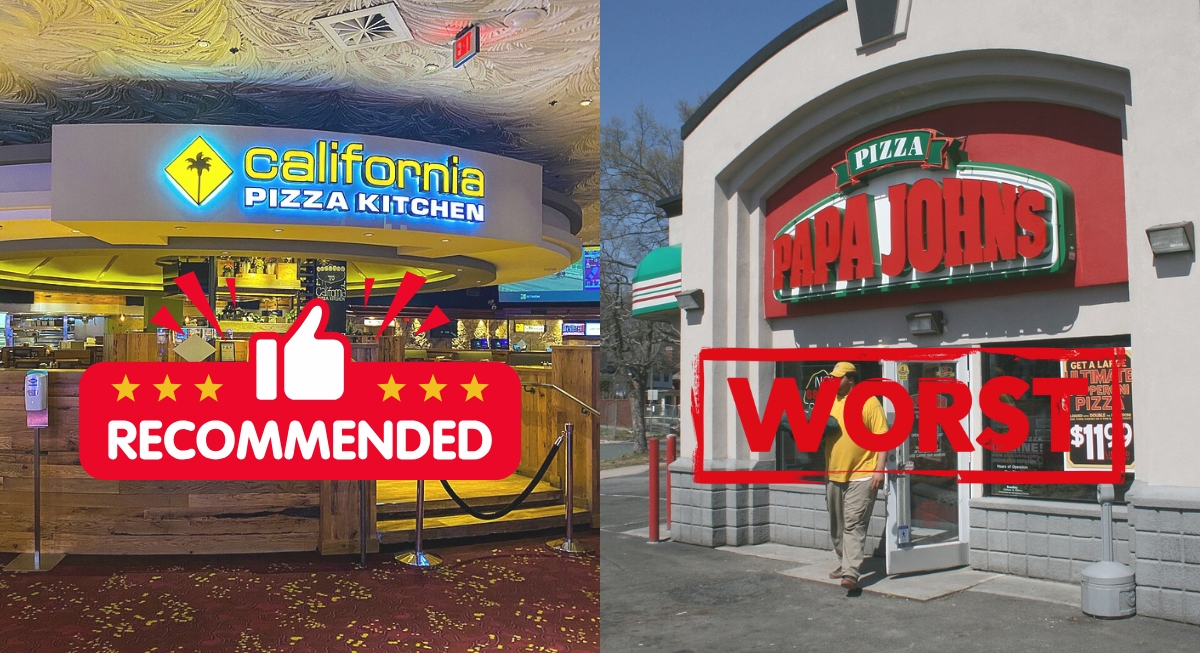In April 2025, the U.S. government implemented sweeping tariffs, including a 10% baseline on most imports and higher rates on specific countries. These tariffs targeted key imports like coffee, beef, dairy, and spices. Rising import costs are forcing several fast-food brands to rethink everything from sourcing to pricing. Thus, smaller portions, recipe tweaks, and higher prices are creeping up without much warning.
Here are a few major brands quietly getting squeezed, and how it might hit your next meal.
McDonald’s
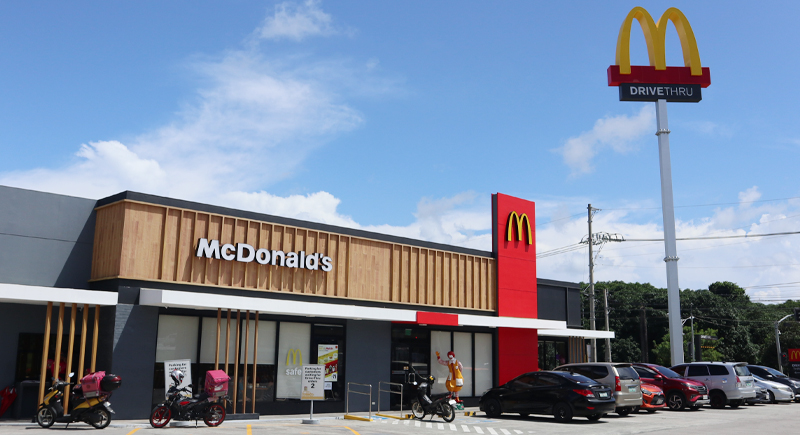
Credit: Wikimedia Commons
McDonald’s sources some of its beef from Australia. That beef arrives in the U.S. with a 10% tariff slapped on top. While that may not sound like much at first, when you multiply that across thousands of daily orders, you’ve got a budget-buster. McDonald’s prides itself on consistency and value. But this tariff makes both harder to maintain without nudging up prices.
Subway
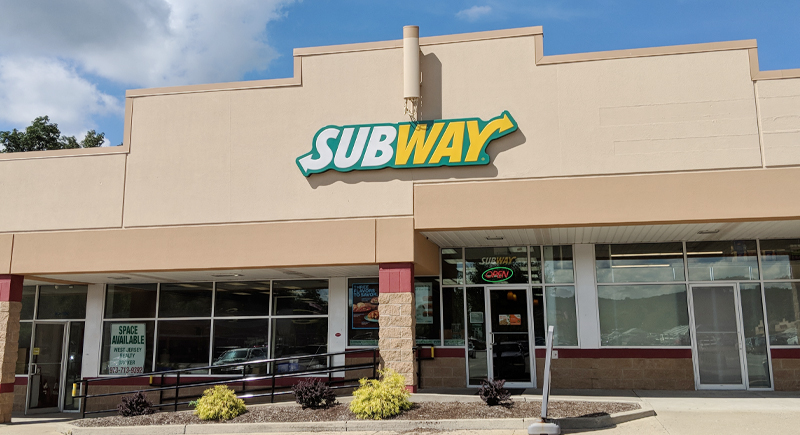
Credit: Wikimedia Commons
Subway’s “Eat Fresh” motto depends on fresh produce, and much of it comes from Mexico, Canada, and Guatemala. New tariffs now range from 10% to 25%, depending on the country of import. That’s not great news for a chain built on high-volume veggie deliveries.
Wendy’s

Credit: Wikimedia Commons
Wendy’s burgers are mostly U.S.-sourced, so there’s no beef drama here. But their dessert game is a different story. Wendy’s uses palm oil in baked items like cookies and oatmeal bars. Most of that oil comes from Indonesia, which is now facing a 32% tariff. That’s a steep climb for a key ingredient at this popular fast-food chain.
Tim Hortons
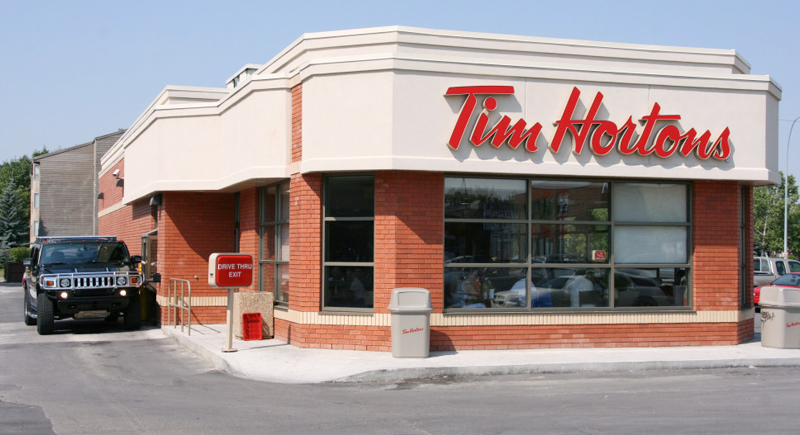
Credit: Wikimedia Commons
Those beans fueling your double-double at Tim Hortons every morning often come from Guatemala, under a 10% tariff. When you sell millions of cups daily, that tariff stacks up fast. Will it raise the price of your daily coffee? Not yet. But the pressure’s brewing, quite literally.
Burger King

Credit: Wikimedia Commons
The classic Whopper occasionally includes Australian beef, which, thanks to new tariffs, will now arrive with a 10% surcharge. While U.S. beef helps offset the cost, ingredient inflation is still rising across the board. It’s getting more difficult by the quarter to hold onto that value menu.
Chipotle

Credit: flickr
This fast-food chain talks a big game about responsibly sourced meat, mostly from Canada, Australia, and Uruguay. Unfortunately, all three countries face new tariffs, with Canada seeing a 25% hike. That throws a wrench into Chipotle’s cost structure, which is expected to show up in higher prices or leaner margins.
Dunkin’

Credit: pexels
Brazilian beans at Dunkin’ are the magic behind that aromatic cup of coffee that could light up anyone’s morning. Unfortunately, that bean bill just shot up with a 10% tariff now in play. When your business revolves around selling $3 coffees by the truckload, every cent matters. Dunkin’ needs to stay affordable, but the cost of doing so is rising with every shipment.
Starbucks
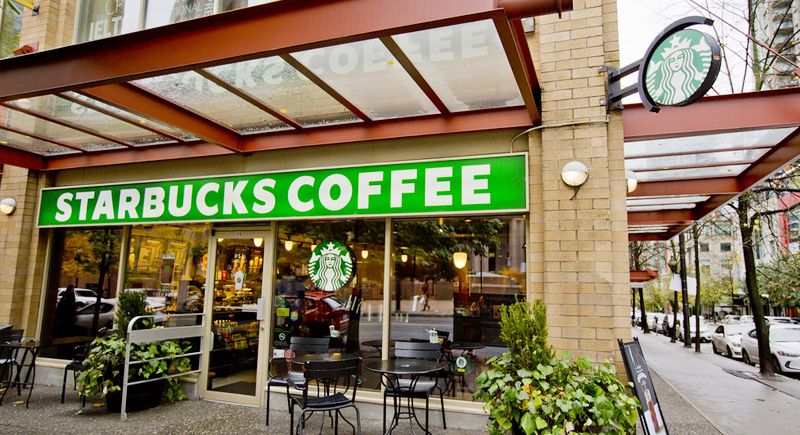
Credit: flickr
Starbucks sources top-tier beans from Brazil and Colombia, which are now on the tariff list. Those 10% increases hit hard when working with massive global volume. Starbucks has wiggle room because of its premium prices, but too many hits to its supply chain could shake even the strongest latte loyalty.
Carl’s Jr.
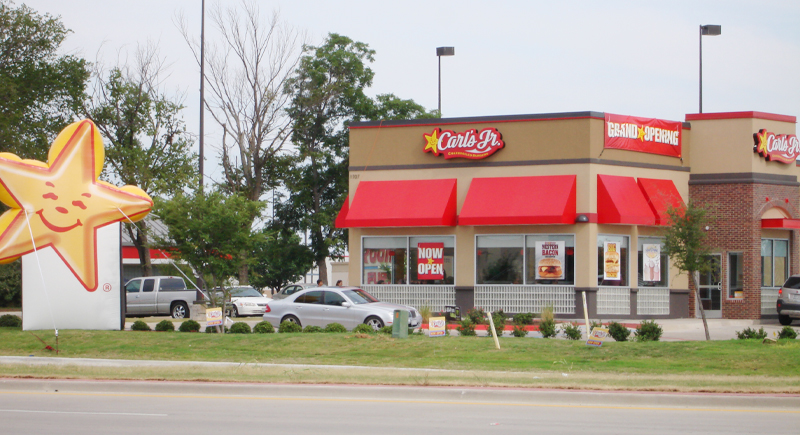
Credit: Wikimedia Commons
Carl’s Jr. proudly flaunted its “All-Natural Burger” made with Australian beef, which seems like a tough decision on the restaurant’s part since importing beef would now cost 10% more just to land in the U.S. If the brand wants to keep its premium promise, it’ll need to absorb that cost or pass it on. Either way, the margin’s getting tighter.
Popeyes
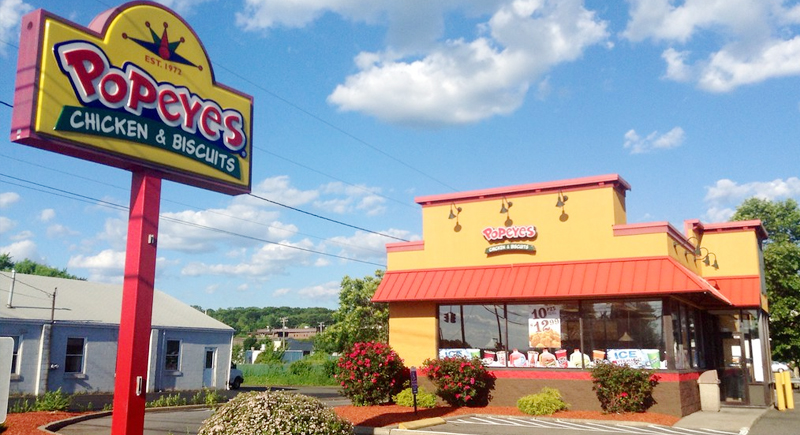
Credit: flickr
The bold and distinct flavors Popeye’s is known for now come with a tariff price tag. They maintain that taste from imported seasonings, especially from India and Indonesia. Keeping it consistent under rising costs while also holding onto the flavor people crave is a new balancing act.
KFC
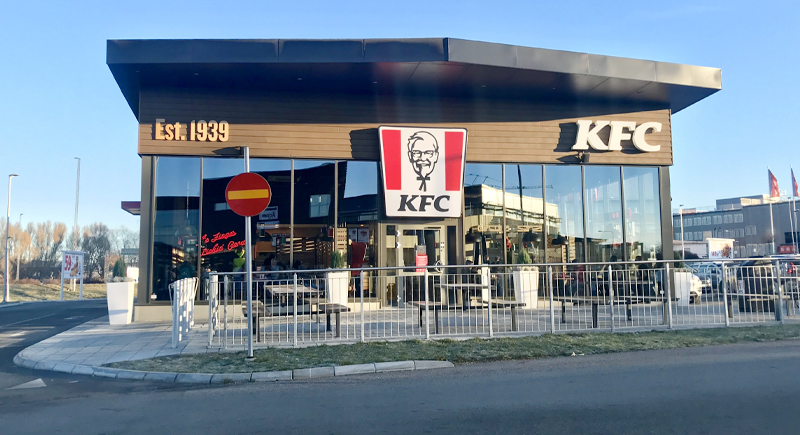
Credit: Wikimedia Commons
KFC’s secret recipe is a finely tuned formula. Some of those herbs and oils come from places like Malaysia and Indonesia, which have been tariffed. Replacing those ingredients isn’t easy, and raising prices risks alienating loyal fans. For KFC, it will not be an easy bucket to carry.
Taco Bell
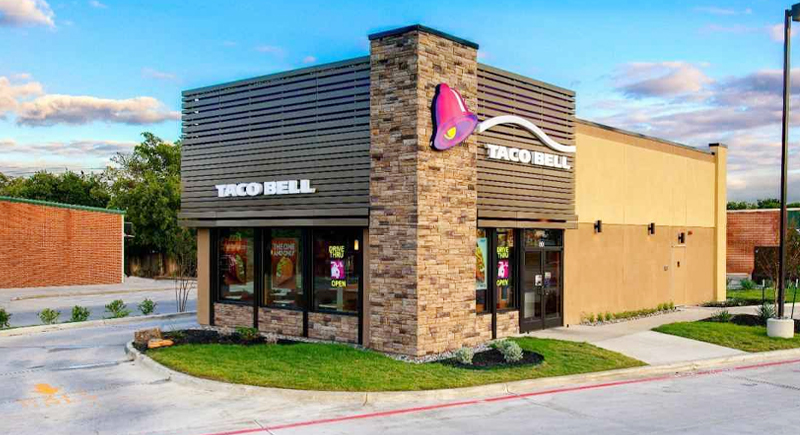
Credit: Wikimedia Commons
Taco Bell leans heavily on Mexican imports for its ingredients. Tomatoes, peppers, and even tortillas are sourced across the border. However, with Mexico facing a 25% tariff, the cost of building a Crunchwrap or taco pack has gone way up. Let’s see if that reflects on the prices any time soon.
Domino’s
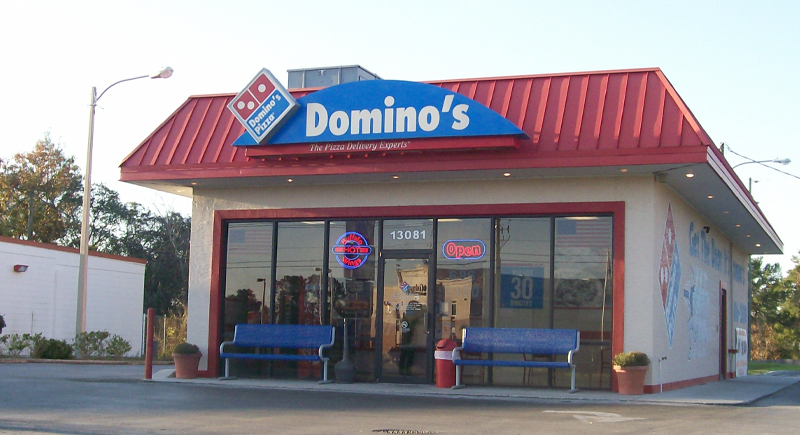
Credit: Wikimedia Commons
Some specialty toppings for Domino’s pizzas come from countries facing tariffs. Meats, peppers, and seasonings may seem like small costs, but they add up quickly at scale. To keep popular promos like “$7.99 large pizza” alive, Domino’s has to trim fat elsewhere or eat the rising costs themselves.
Panera Bread
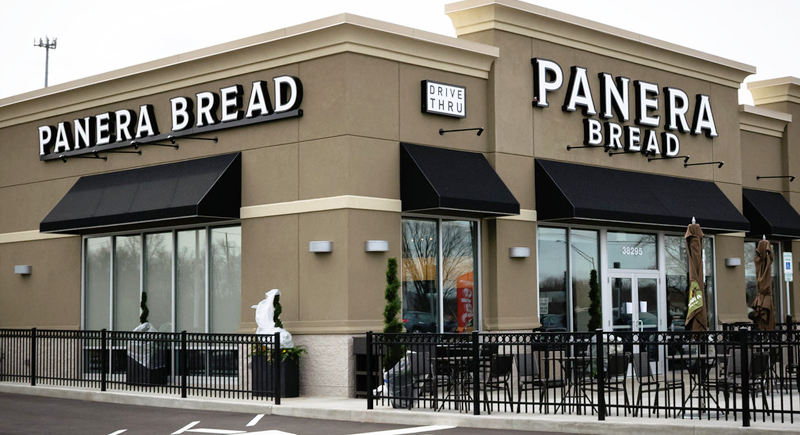
Credit: flickr
This fast-food brand's “clean food” promise depends on a mix of imported ingredients, including coffee, fruits, and whole grains. Some come from Guatemala, others from across the Pacific. With multiple sources now under tariff, Panera’s supply chain just got a lot more expensive. Creativity and affordability are only two ways they can stay relevant.

